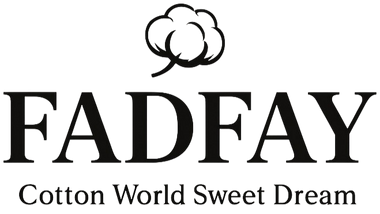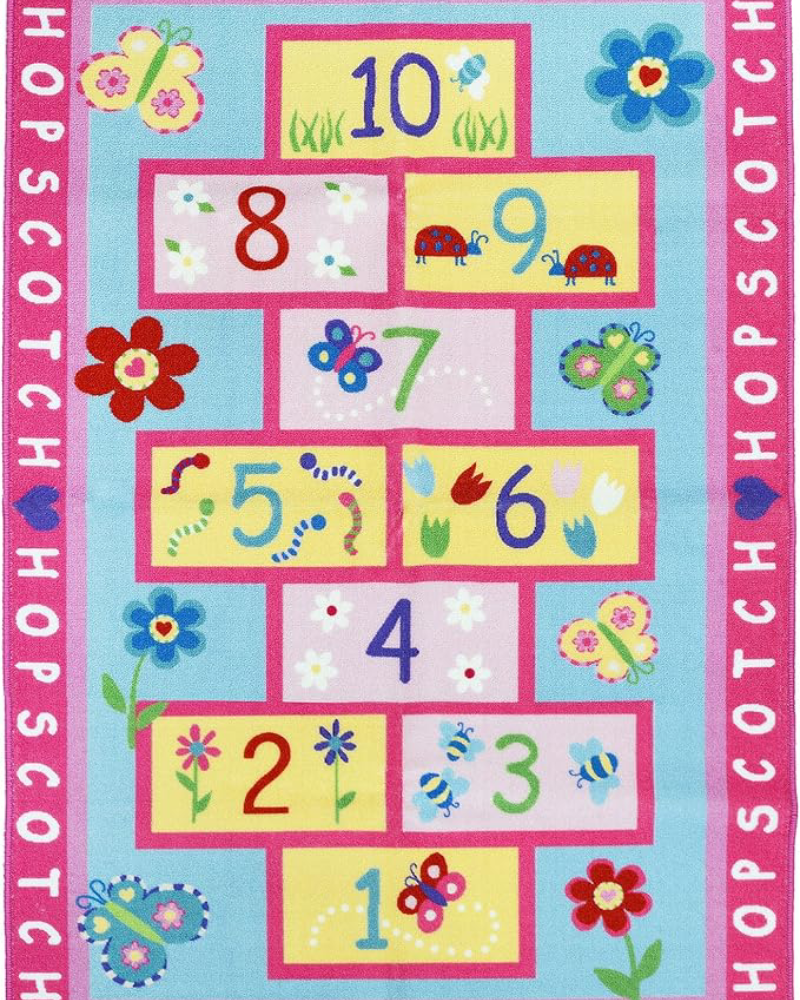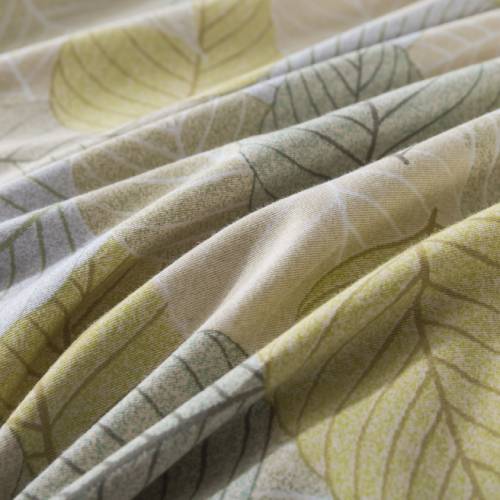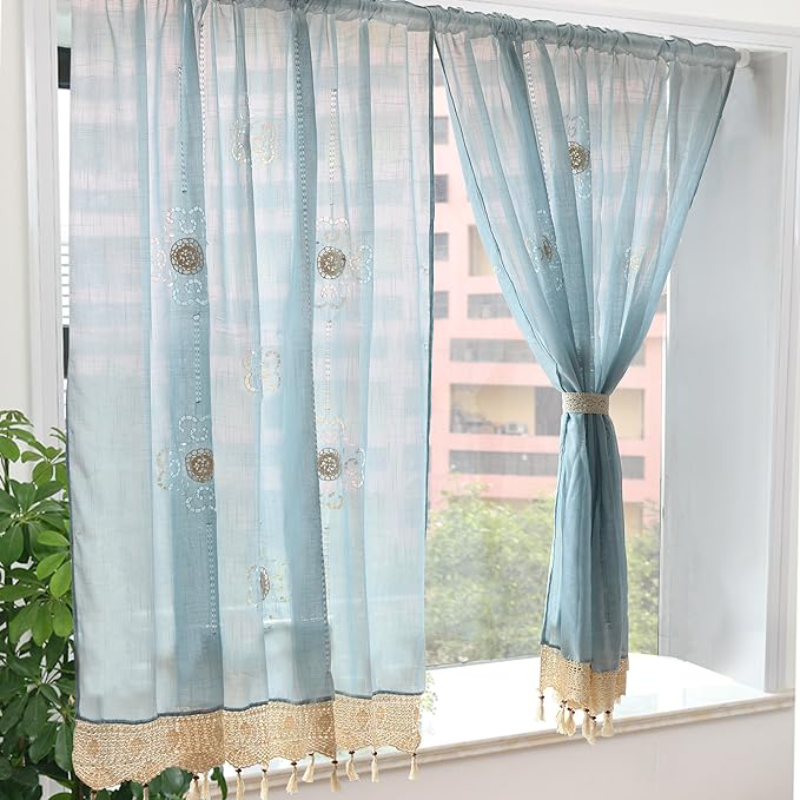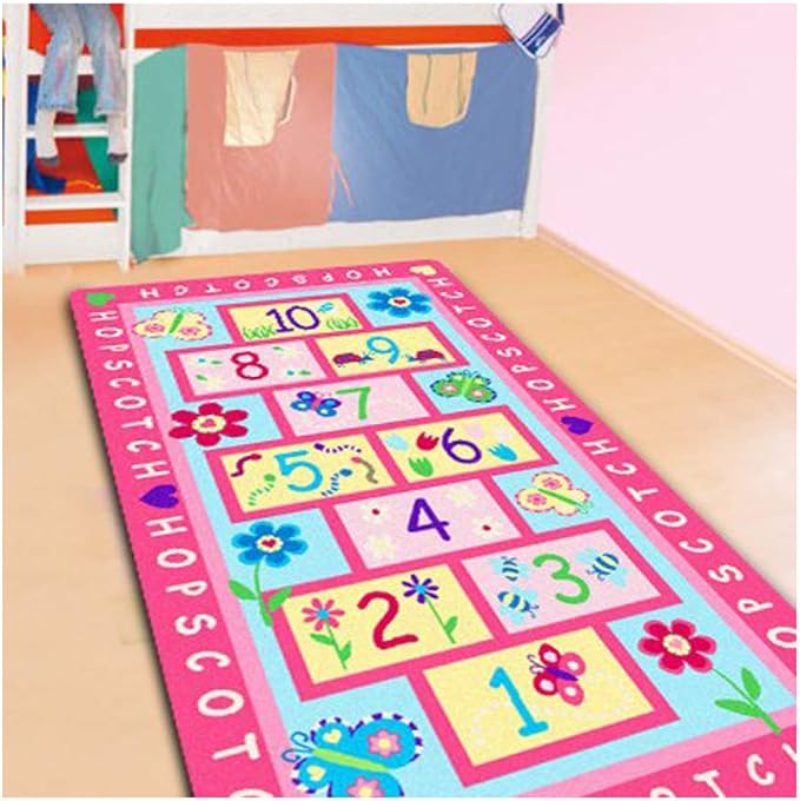When it comes to choosing bed linens or clothing, the type of fabric you select can make a significant difference in terms of comfort, durability, and style. Two popular types of cotton that often come up in these discussions are washed cotton and pure cotton. While both are derived from the same natural cotton fibers, the way they are processed and their characteristics can vary greatly. In this blog, we will explore the differences between washed cotton and pure cotton to help you understand which one might be the best fit for your needs.
What Is Pure Cotton?
Pure cotton, also known as 100% cotton, refers to fabric that is made entirely from cotton fibers without any synthetic blends or major alterations. Cotton is a natural fiber harvested from the cotton plant, and it has been used for centuries to create textiles due to its softness, breathability, and absorbency. Here's what you need to know about pure cotton:
Characteristics of Pure Cotton
- Softness: Pure cotton is naturally soft, especially when freshly woven. It offers a smooth and comfortable texture that is gentle on the skin.
- Breathability: One of cotton’s standout features is its breathability. The fibers allow air to circulate, making cotton a great choice for warmer climates or for people who tend to sleep hot.
- Absorbency: Cotton is highly absorbent, which makes it ideal for items like towels, bed sheets, and clothing. It can absorb moisture without feeling damp, contributing to a fresh and dry feeling.
- Durability: Pure cotton fabrics, especially those with a high thread count, can be quite durable. When properly cared for, cotton bedding or clothing can last for many years.
Common Uses of Pure Cotton
Pure cotton is widely used in a variety of products due to its versatility. Some of the most common uses include:
- Bed linens: Pure cotton sheets, pillowcases, and duvet covers are popular because of their softness and breathability.
- Clothing: From t-shirts to dresses, cotton is a go-to material for clothing because it’s comfortable and durable.
- Towels and bathrobes: The absorbent nature of cotton makes it perfect for towels, washcloths, and bathrobes.
What Is Washed Cotton?
Washed cotton is essentially pure cotton that has undergone an additional washing process to change its texture and appearance. This extra treatment is often referred to as stone washing or pre-washing, depending on the technique used. The result is a fabric that feels softer and has a slightly worn, relaxed look. Here are the key characteristics of washed cotton:
Characteristics of Washed Cotton
- Softness and Comfort: While pure cotton is already soft, washed cotton is even softer due to the washing process. The treatment helps to break in the fibers, giving them a lived-in feel that many people find more comfortable, especially for bedding and clothing.
- Wrinkle Resistance: One of the benefits of washing cotton before it’s sold is that it becomes more resistant to wrinkles. This makes washed cotton an excellent choice for those who prefer low-maintenance fabrics that don’t require frequent ironing.
- Matte Finish: Pure cotton fabrics often have a slight sheen when they are new. However, after the washing process, the fabric takes on a matte finish, which gives it a more casual and relaxed appearance.
- Breathability: Like pure cotton, washed cotton remains highly breathable, making it suitable for warmer climates or year-round use.
- Durability: The washing process can also strengthen the fabric by softening it without compromising its structural integrity. Washed cotton often lasts longer than pure cotton that hasn’t been pre-treated.
Common Uses of Washed Cotton
Because of its softness and relaxed look, washed cotton is particularly popular for items where comfort and a casual appearance are key:
- Bedding: Washed cotton sheets, duvet covers, and pillowcases are often preferred for their softness and comfort. The relaxed, slightly wrinkled look adds to a cozy, lived-in feel in the bedroom.
- Casual clothing: T-shirts, pajamas, and casual dresses made from washed cotton are often favored for their comfort and easygoing style.
- Home textiles: Washed cotton is also used for items like cushion covers, curtains, and throws, where a soft texture and casual aesthetic are desirable.
Comparing Pure Cotton and Washed Cotton
Now that we’ve explored the basics of pure cotton and washed cotton, let’s take a closer look at how they compare in various aspects.
Texture
- Pure Cotton: Pure cotton is soft, but it may feel slightly stiffer or more structured when new. Over time, it softens with washing and wear.
- Washed Cotton: Washed cotton is incredibly soft from the start. The additional washing process breaks down the fibers slightly, resulting in a fabric that feels more relaxed and comfortable immediately.
Appearance
- Pure Cotton: Freshly woven pure cotton often has a slight sheen to it, especially if it's a higher thread count. It looks crisp and clean, which can be ideal for a polished, traditional look.
- Washed Cotton: Washed cotton has a matte finish and a more casual, slightly wrinkled appearance. This gives it a relaxed, informal look, which is perfect for cozy, laid-back environments.
Care and Maintenance
- Pure Cotton: Cotton is relatively easy to care for, but pure cotton fabrics may require more maintenance to keep them looking crisp. Ironing is often necessary to remove wrinkles, especially if the fabric is used for bedding or dress shirts.
- Washed Cotton: One of the main advantages of washed cotton is that it’s easier to care for. The pre-washing process means that it’s less prone to wrinkling, so you can usually skip the ironing. The fabric’s relaxed look means it’s designed to be slightly crumpled.
Durability
- Pure Cotton: High-quality pure cotton is durable and can last for many years if properly cared for. However, it may require a breaking-in period to reach its full softness and comfort level.
- Washed Cotton: Washed cotton is equally durable, but it starts out softer and more comfortable right away. The washing process helps reduce shrinkage, making it more stable after multiple washes.
Cost
- Pure Cotton: Depending on the quality of the cotton (e.g., Egyptian cotton or Pima cotton), pure cotton can range from affordable to expensive. Higher thread counts and premium varieties are generally more expensive.
- Washed Cotton: Because washed cotton requires an additional processing step, it may be slightly more expensive than regular pure cotton. However, the difference in cost is often marginal and is outweighed by the immediate softness and ease of care.
Suitability for Different Climates
- Pure Cotton: Cotton is naturally breathable and moisture-wicking, making it ideal for warm and humid climates. However, it may feel a bit stiff initially in comparison to washed cotton.
- Washed Cotton: Like pure cotton, washed cotton is breathable and moisture-wicking, making it a great choice for warmer climates. Its already soft texture makes it comfortable for immediate use, without the need for multiple washes to break it in.
Which One Should You Choose?
Deciding between washed cotton and pure cotton depends largely on your personal preferences and intended use. Here’s a quick guide to help you choose the right fabric:
- For Immediate Comfort: If you want something soft and cozy right away, washed cotton is the better choice. Its pre-washed texture is already broken in, so you won’t have to wait for it to soften over time.
- For a Crisp, Traditional Look: If you prefer a clean, polished look, pure cotton is a great option. It tends to look more structured and formal, especially for bed linens or dress shirts.
- For Low-Maintenance Bedding or Clothing: Washed cotton is easier to care for because it doesn’t wrinkle as easily and doesn’t require ironing to maintain its casual, lived-in look.
- For Durability: Both washed and pure cotton are highly durable, but washed cotton has the advantage of being pre-treated to reduce shrinkage and wrinkles, making it slightly easier to maintain over time.
Conclusion
Both washed cotton and pure cotton have their own unique benefits and can be excellent choices depending on your needs. Washed cotton offers immediate softness, a relaxed look, and easy care, making it ideal for casual settings and people who want low-maintenance fabrics. On the other hand, pure cotton provides a crisp, classic appearance and durability, especially if you’re willing to invest time in its care and maintenance. Whether you’re shopping for bedding, clothing, or home textiles, understanding the difference between these two types of cotton will help you make an informed decision that enhances both your comfort and style.
